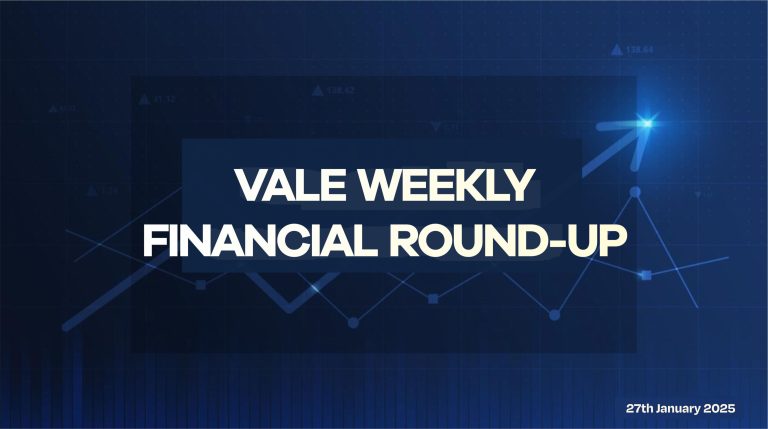When people hear credit risk, they often think it’s all about saying no, but that is not true. My job is about finding the balance between opportunity and risk. Every day, I analyze businesses looking for credit, reviewing their financials, understanding their operations, and figuring out how we can support them without taking on unnecessary risk. I spend a lot of time looking at numbers, cash flow, profit margins, and repayment history, but beyond the numbers, I always evaluate the people behind the business. A strong business is built on strong leadership, and that’s something I always consider. A solid business model can still fail under poor leadership, so understanding the team behind the business is just as important as understanding the business itself.
When it comes to assessing a business for a loan, cash flow is king. If a business is not generating enough steady income, no amount of collateral can make up for it. I look at financial discipline, does the business have a history of paying debts on time? Are they managing their resources well? Of course, collateral plays a role, but it’s secondary to a company’s ability to repay comfortably. If it is an asset finance request, I want to know how much the business is ready to contribute to the project. That essentially ties them to the project and shows they have skin in the game. I also examine how experienced the management team is you don’t want to put a pilot in a sailor’s seat. External factors like market conditions, government policies, and economic shifts also matter. I try to identify all the risks we are exposed to and figure out how to mitigate them.
A strong loan application is not just about having the right documents, it is about having a well-structured business plan with clear numbers. Businesses need to provide audited financial statements, tax returns, and bank statements. It’s surprising how many businesses struggle with this. Other key documents include a certificate of incorporation, credit report, recent bank statements, and valid identification. Depending on the type of facility being requested, other bespoke documents may also be required. A strong application shows not just the need for funds but a clear plan of how the funds will be used and repaid.
One mistake businesses make is assuming they can get a loan simply because they need one. Need is not enough. A business must show how it plans to use the funds effectively and how it will pay them back. Transparency is another common issue. A business with hidden debts or unclear financials raises red flags. Lenders want to see a good credit history, sufficient documentation showing the use of funds, a clear repayment plan, easily disposable collateral, and an experienced management team. If any of these elements are weak or missing, it reduces the chances of approval.
Financial history plays a huge role in the credit assessment process. A business that has consistently generated revenue and met its past obligations is much more likely to get approved. This is why I always advise SMEs to maintain good financial records and separate personal and business finances. It makes a huge difference when seeking credit. If you want to improve your creditworthiness as a business, keep your books clean, pay your debts on time, and maintain a good banking relationship. Businesses that rely too heavily on informal transactions or fail to document their cash flow struggle to access financing.
If you are a new business seeking your first loan, my advice is simple do not rush into it. Start small, build a solid track record, and explore other sources of capital before taking on debt. Be realistic about how much you need and what you can afford to repay. A loan should help your business grow, not become a burden. One major misconception is that if you have collateral, your loan is guaranteed. That’s not true. Repayment capacity matters more than collateral. If a business cannot generate enough revenue to repay a loan, even the best collateral will not change the decision. Another misconception is that the approval process is just a box-ticking exercise. It’s not. It’s a deep dive into the business’s health, sustainability, and growth potential.
Assets do play a role in securing credit, but they are just one piece of the puzzle. A business with a strong cash flow but few assets is often in a better position than one with plenty of assets but weak financial performance. Personal credit history also matters, especially for small businesses. A business and its founder may be legally separate, but in credit risk assessment, they are often viewed as one. Business owners frequently take personal loans using business documents and vice versa. If a founder has a history of missed payments or bad debt, lenders will see that as a red flag. A strong personal credit record improves loan prospects, while a poor one raises concerns.
Sometimes, I have to deny a loan application, and it’s never an easy decision. The general reasons include poor financial management, excessive existing debt, inconsistent cash flow, and inadequate collateral. However, other reasons can vary depending on the product’s foreign exchange risk, counterparty risk, compliance risk, reputational risk, unsustainable business models, and the impact of government policies. If the risks are too high or unmanageable, I have to make that tough call. It’s not about denying people opportunities; it’s about ensuring that both the business and the lender don’t end up in a bad situation.
I got into credit risk because I have always been fascinated by understanding the Nigerian SME and finance landscape and the balance between opportunity and risk. I was drawn to business models and how businesses can maximize their potential through credit risk analysis. It’s one thing to read numbers on a spreadsheet, but it is another to truly understand a business and figure out how to make financing work for them in a way that’s sustainable. It’s a field that constantly challenges you to think critically and balance risk with opportunity.
To excel in credit risk, you need strong analytical skills, attention to detail, and the ability to communicate your assessments clearly. A good credit analyst does not just look at the numbers; they look beyond them to understand the bigger picture. The most rewarding part of my job is seeing businesses thrive because they got the right financing at the right time. When a loan I helped structure leads to business growth, job creation, and long-term success, it makes all the hard work worth it.
For anyone looking to build a career in credit risk, my advice is to develop a deep understanding of finance and risk management. Learn to analyze financial statements, stay updated on industry trends, and sharpen your decision-making skills. But beyond technical skills, you also need to be fair and objective. Every decision you make has real-world consequences. If I had to describe my work style in three words, I would say: analytical, structured, and proactive.
One surprising thing I have learned in this field is that risk is not always about saying no, it is about finding ways to say yes responsibly. A business that looks risky at first glance can sometimes be a great opportunity if structured correctly. Credit risk is not just about rejecting bad deals, it is about finding ways to make good deals work.


